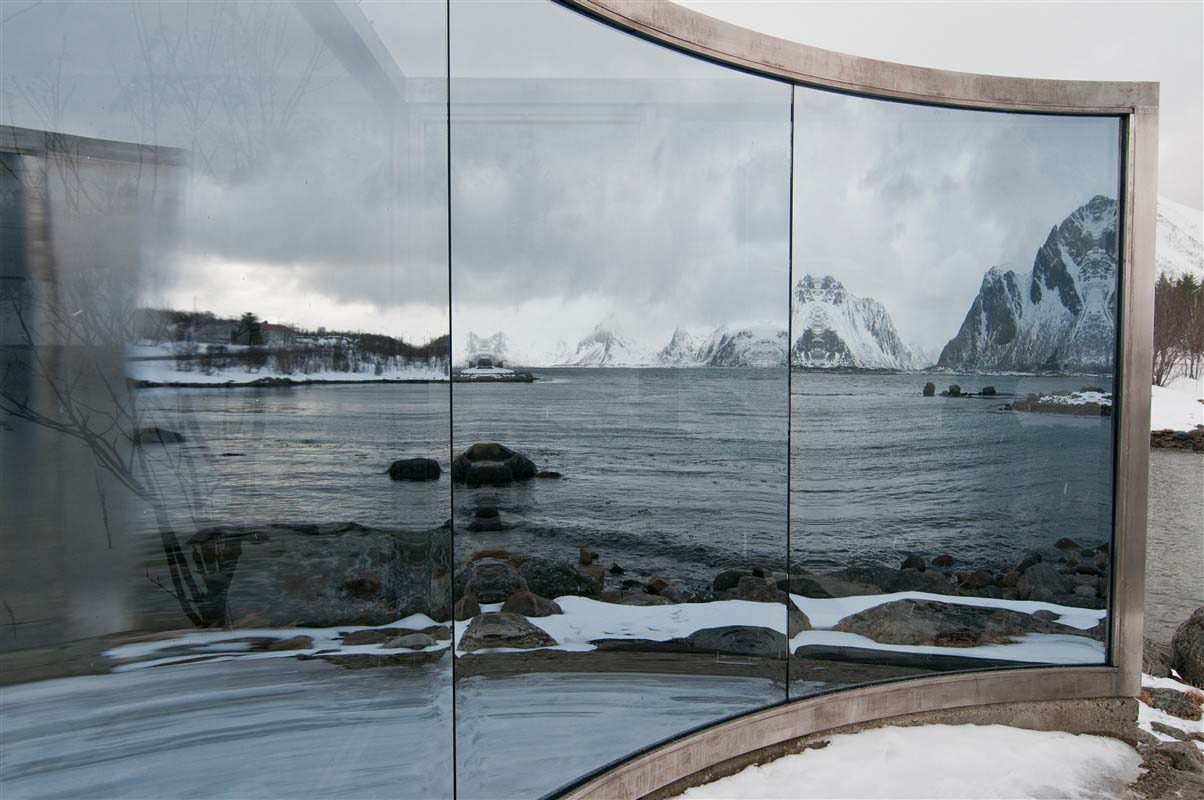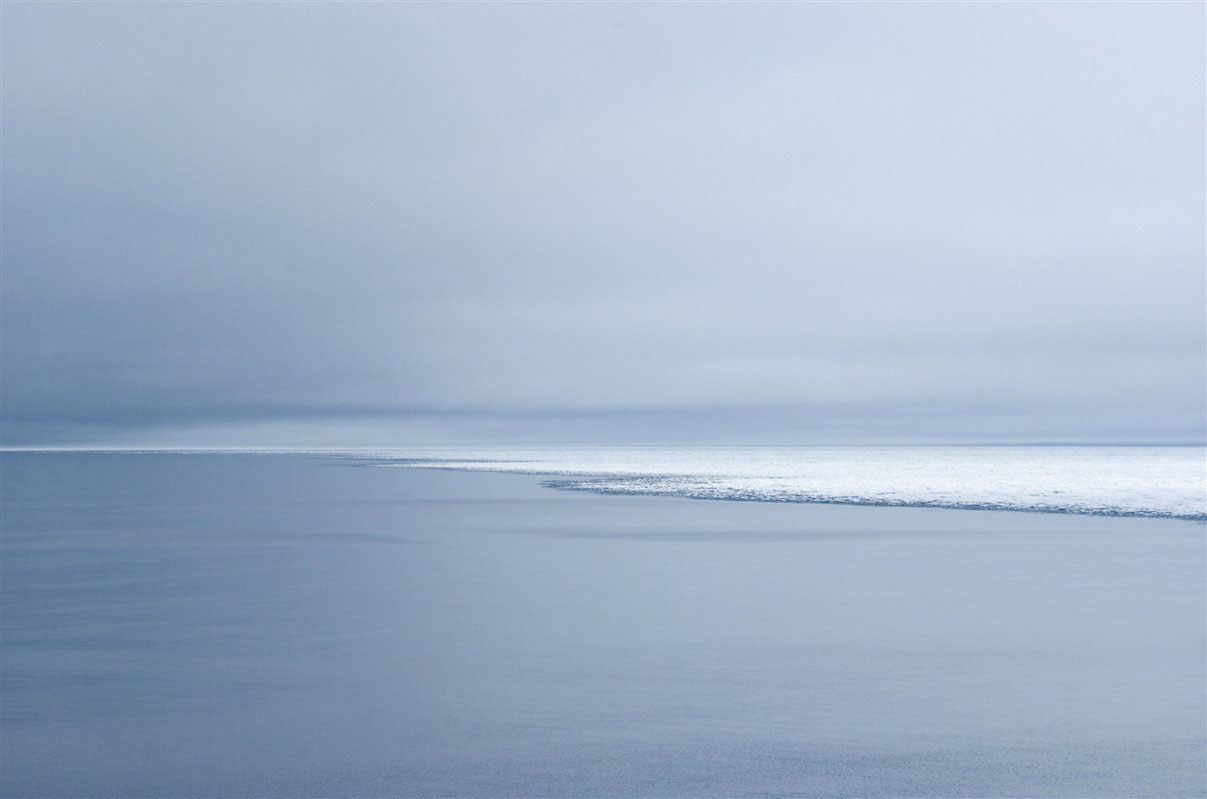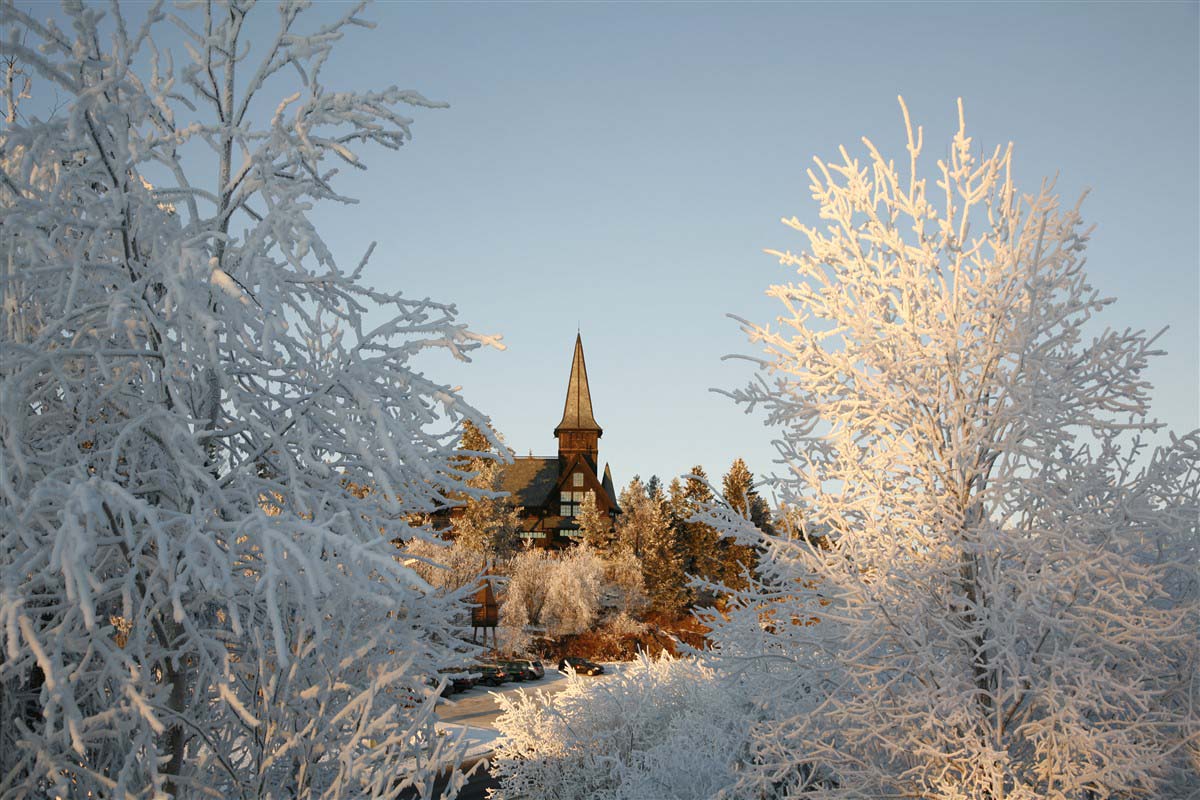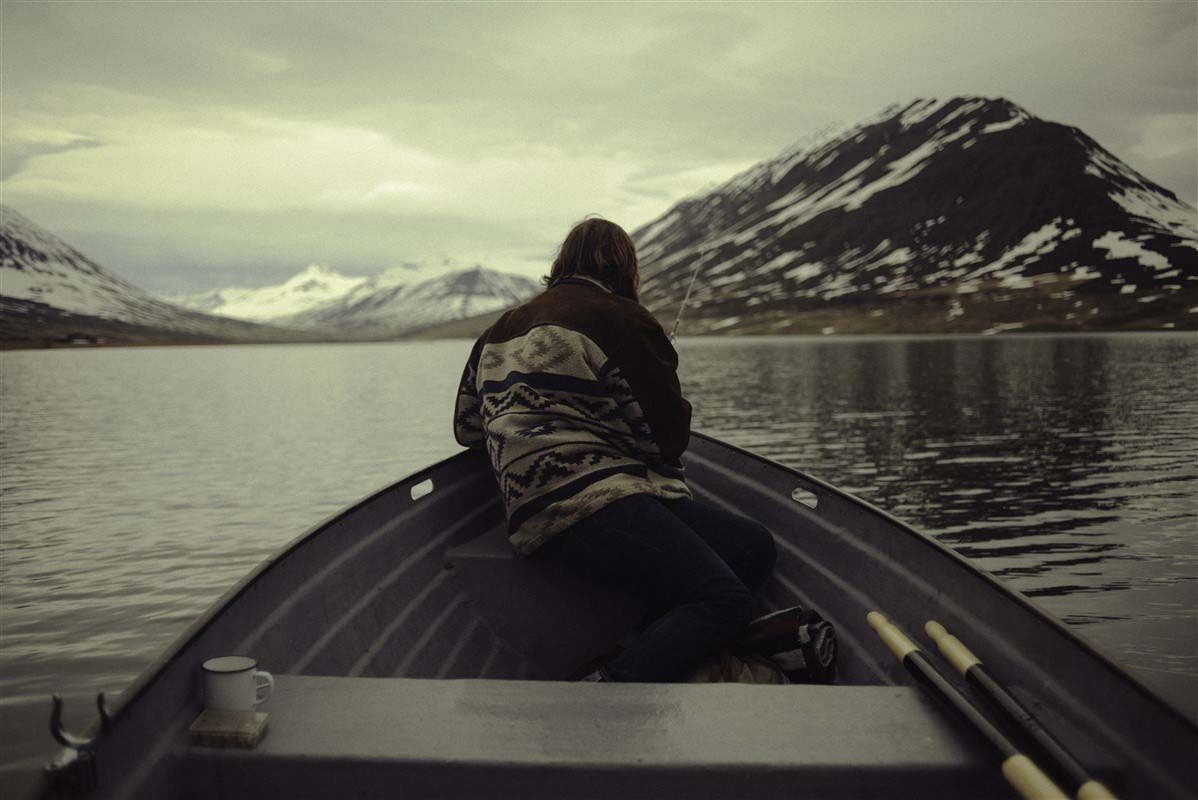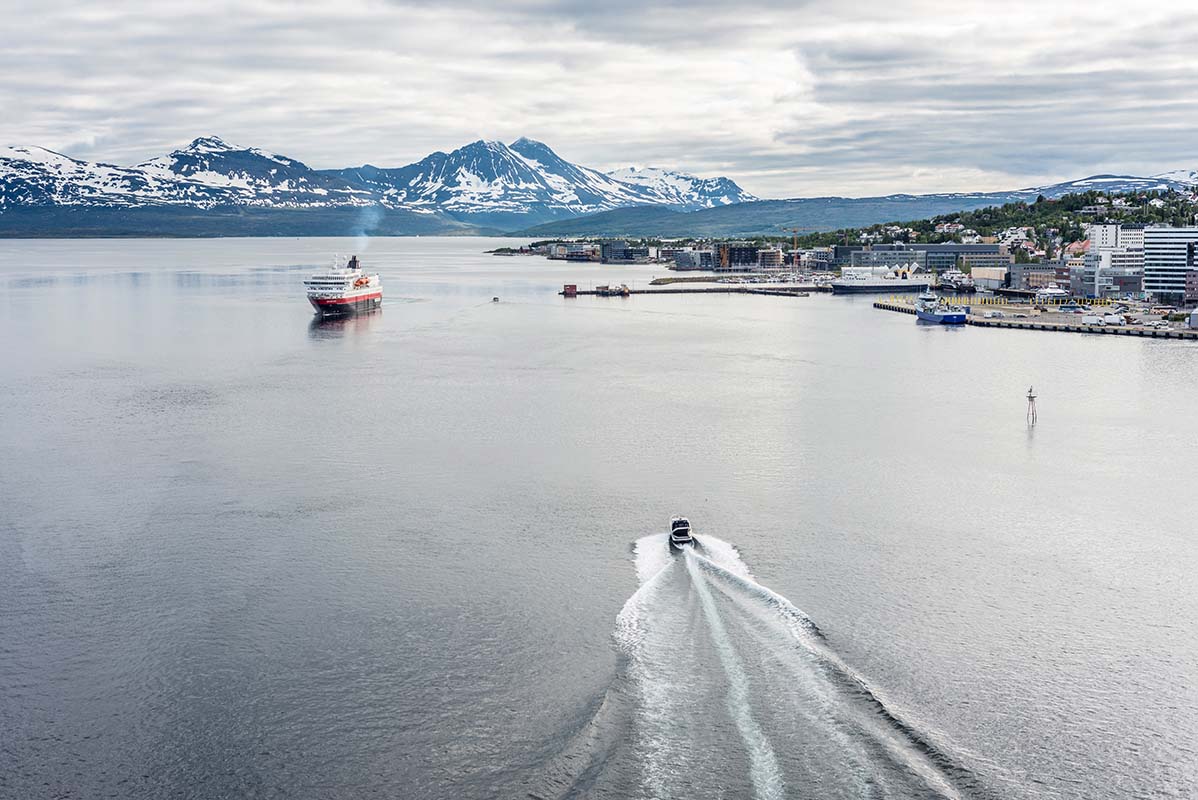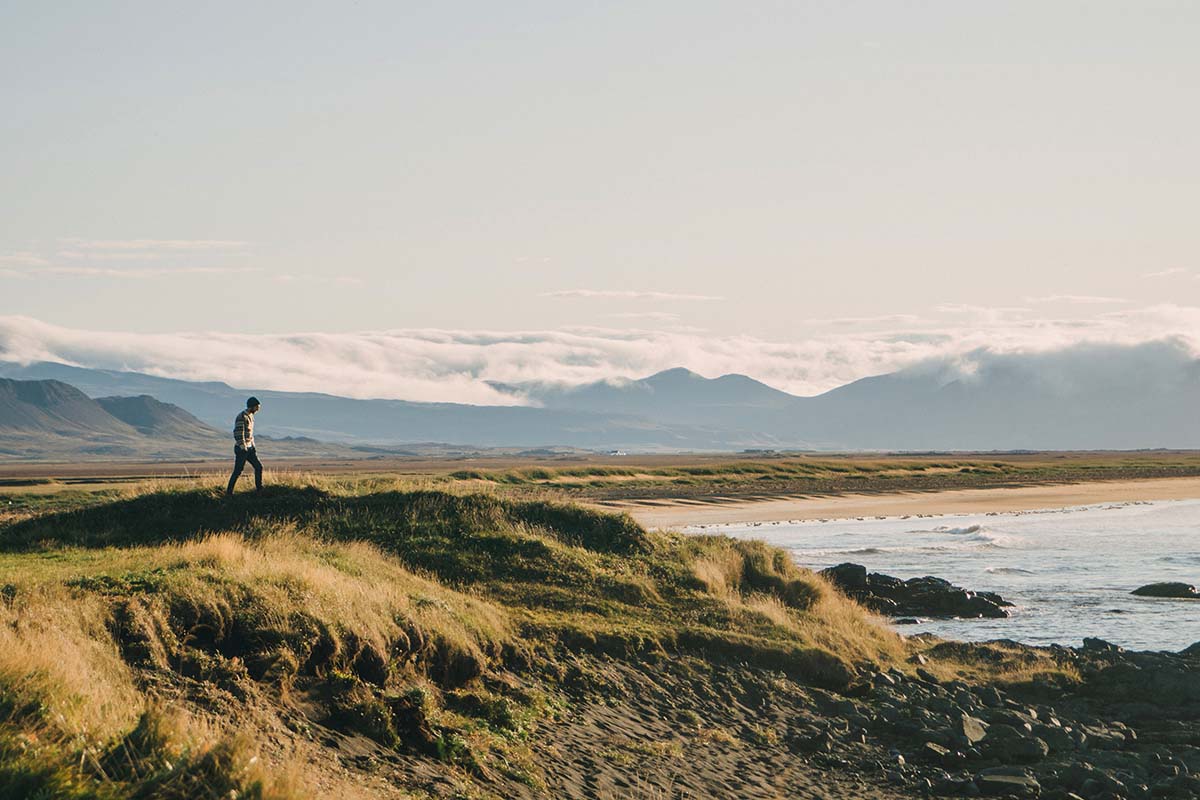The first visitors to Svalbard in the 17th century were attracted by the abundant whaling and fur-trapping opportunities. Discovery of rich coal veins in the 1900s lead to the first permanent settlement of Longyearbyen – the archipelago's main town and home to the thriving modern community of miners and others working in the fields of tourism, Arctic exploration and scientific study. A confusing point can be the names, the collective area is Svalbard whilst the early Norwegian name for the main island is Spitsbergen – or "Sharp Mountain".
The colourful little town of Longyearbyen is tiny, with just 1,800 inhabitants, but is the perfect launch pad for an adventurous Svalbard holiday in the Arctic desert. Come mid-February, the sun peeks over the horizon to give an orange light and rich blue skies until late March. These six weeks are the locals' favourite, a permanent sunrise that brings added illumination to the spectacular Northern Lights. The midnight sun then sits high over the Arctic summer from mid-April to late August.
Dog-sledding is the most natural way to enjoy the scenery and learning to captain your own 6-dog husky team is a fun experience. Ask very nicely and we might even be able to arrange a visit to a newly born litter of incredibly cute husky puppies.
Modern transport takes the form of snowmobiles, which are good for exploring the frozen ocean of the east coast, where you can track polar bear prints and look for seals. Closer to Longyearbyen, investigating the ice cave within the local glacier is worthwhile. As you walk on a frozen river inside the glacier, the ice crystals and clear glass-like formations are spectacular.



